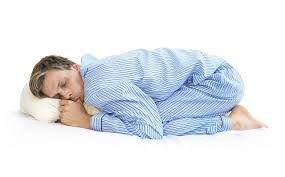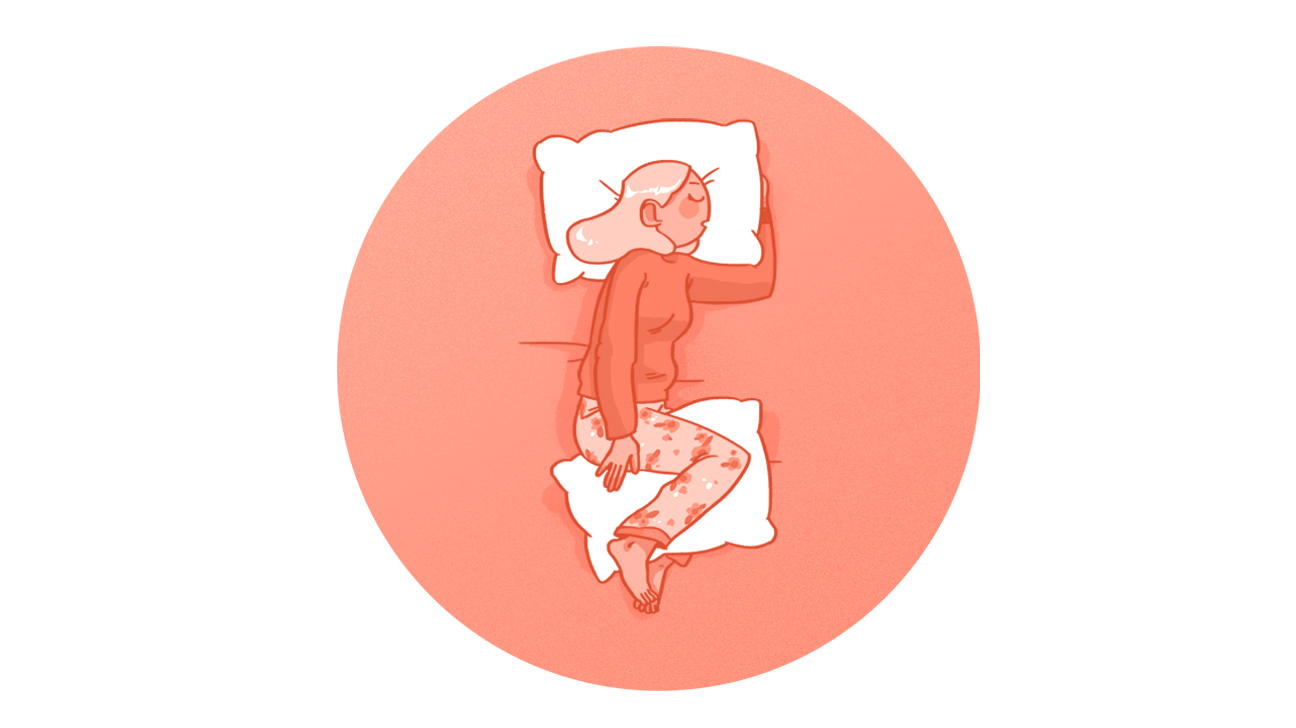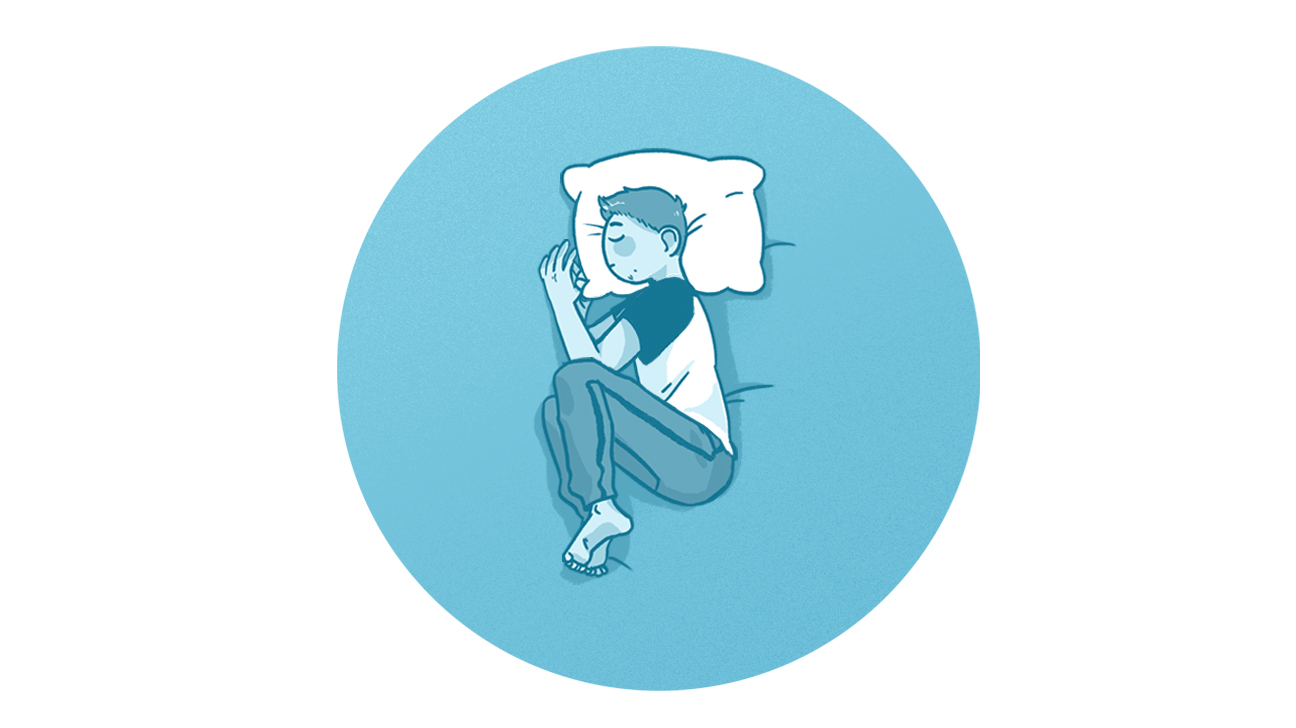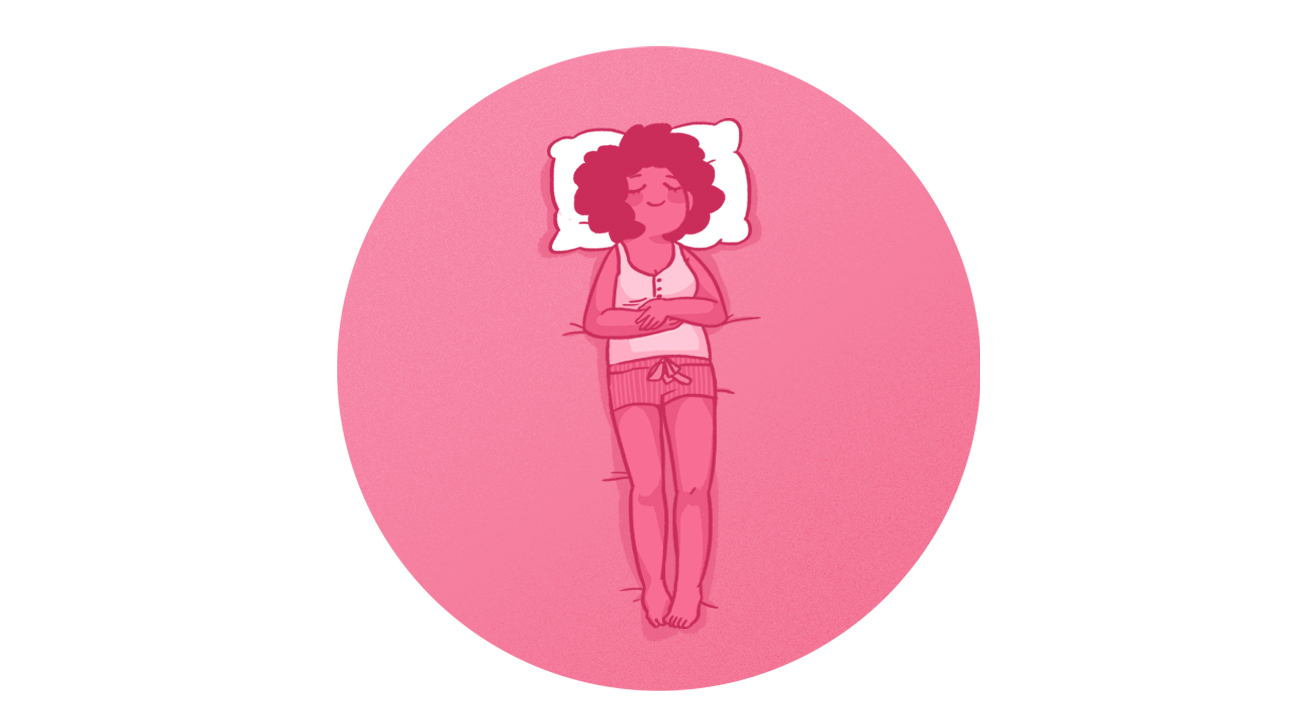 What can I do?
What can I do?
Do you deal with lower back pain? You’re not alone. The Global Burden of Disease study
named lower back pain the leading cause of disability across the globe.
What’s even more interesting is that most back pain isn’t caused by serious medical conditions, like cancer or arthritis. Instead, it’s often brought on by stress or strain from bad posture, awkward sleeping positions, and other lifestyle habits.
Here are the best sleeping positions to try if you have lower back pain, as well as some other things you can do to get a better night’s rest.
What’s even more interesting is that most back pain isn’t caused by serious medical conditions, like cancer or arthritis. Instead, it’s often brought on by stress or strain from bad posture, awkward sleeping positions, and other lifestyle habits.
Here are the best sleeping positions to try if you have lower back pain, as well as some other things you can do to get a better night’s rest.
Pillow between your knees
1. Sleep on your side with a pillow between your knees
If lying flat on your back feels uncomfortable, try shifting over to your side:
How does this position help? Sleeping on your side alone won’t make you feel better. It’s using the pillow between your knees that’s the trick. The pillow will keep your hips, pelvis, and spine in better alignment.
- Allow your right or left shoulder to make contact with the mattress, along with the rest of that side of your body.
- Place a pillow between your knees.
- If there’s a gap between your waist and the mattress, consider adding a small pillow there for added support.
How does this position help? Sleeping on your side alone won’t make you feel better. It’s using the pillow between your knees that’s the trick. The pillow will keep your hips, pelvis, and spine in better alignment.
Fetal positon
2. Sleep on your side in the fetal position
If you have a herniated disk, you may want to try sleeping on your side curled in a fetal position:
- Lay on your back and then roll over gently onto your side.
- Tuck your knees toward your chest and gently curl your torso toward your knees.
- Remember to switch sides from time to time to prevent any imbalances.
3. Sleep on your stomach with a pillow under your abdomen
script async src="//pagead2.googlesyndication.com/pagead/js/adsbygoogle.js">
You may have heard that sleeping on your stomach is actually bad
for back pain. This is partly true because it may add stress to your
neck. But if you find yourself resting on your stomach, you don’t have
to force another position. Instead:
- Place a pillow under your pelvis and lower abdomen to relieve some of the pressure of off your back.
- Depending on how this position feels, you may or may not choose to use a pillow under your head.
Pillow under your knees
4. Sleep on your back with a pillow under your knees
For some people, sleeping on your back may be the best position to relieve your back pain:
- Lay flat on your back.
- Place a pillow underneath your knees and keep your spine neutral. The pillow is important — it works to keep that curve in your lower back.
- You may also place a small, rolled up towel under the small of your back for added support.
Reclined position
5. Sleep on your back in a reclined position
Do you feel most comfortable snoozing in a recliner? Although
sleeping in a chair may not be the best choice for back pain, this
position can be beneficial if you have isthmic spondylolisthesis. Consider investing in an adjustable bed so you can sleep this way with the best alignment and support.
How does this position help? Isthmic spondylolisthesis is a condition where one of your vertebra slips over the vertebra below it. Reclining may be beneficial for your back because it creates an angle between your thighs and trunk. This angle helps to reduce the pressure on your spine.
How does this position help? Isthmic spondylolisthesis is a condition where one of your vertebra slips over the vertebra below it. Reclining may be beneficial for your back because it creates an angle between your thighs and trunk. This angle helps to reduce the pressure on your spine.
script async src="//pagead2.googlesyndication.com/pagead/js/adsbygoogle.js">
Remember: Alignment is key
No matter what position you choose, keeping proper alignment of
your spine is the most important part of the equation. Focus
specifically on aligning your ears, shoulders, and hips. You may notice
gaps between your body and the bed that strain your muscles and spine.
You can reduce this stress by using pillows to fill the gaps.
You’ll want to be careful while turning in bed. You can get out of alignment during twisting and turning motions as well. Always move your entire body together, keeping your core tight and pulled in. You may even find it helpful to bring your knees toward your chest as you roll over.
You’ll want to be careful while turning in bed. You can get out of alignment during twisting and turning motions as well. Always move your entire body together, keeping your core tight and pulled in. You may even find it helpful to bring your knees toward your chest as you roll over.
Choosing a pillow
What to look for in a pillow
Your pillow should cradle your head and neck and help to support the upper portion of your spine.
If you sleep on your back, your pillow should completely fill the space between your neck and the mattress. If you sleep on your side, try using a thicker pillow to keep your head in line with the rest of your body in this position.
Whatever you do, don’t place your pillow under your shoulders.
For back sleepers: You may do best with thinner pillows and those pillows that have extra padding in the bottom to support the neck. Memory foam is a good material that molds specifically to your own neck. A water pillow is another option that gives firm, all-over support.
For stomach sleepers: You should aim to use the thinnest pillow possible or no pillow at all. In fact, if you like sleeping on your stomach, you may try sleeping on your side while holding a body pillow. The body pillow will give you the feeling of something against your stomach while helping to align the rest of your body.
For side sleepers: You may want to look for a firm pillow. Better yet, try to find one that has an extra-wide gusset that will help with the space between your ear and shoulder. And don’t forget to place a firm pillow between your knees. You may even substitute a rolled towel.
While you’re at it, remember to change your pillow every 18 months or so. Those pillow protectors can be a good barrier, but pillows still hold lots of allergy triggers like mold and dust mites.
If you sleep on your back, your pillow should completely fill the space between your neck and the mattress. If you sleep on your side, try using a thicker pillow to keep your head in line with the rest of your body in this position.
Whatever you do, don’t place your pillow under your shoulders.
For back sleepers: You may do best with thinner pillows and those pillows that have extra padding in the bottom to support the neck. Memory foam is a good material that molds specifically to your own neck. A water pillow is another option that gives firm, all-over support.
For stomach sleepers: You should aim to use the thinnest pillow possible or no pillow at all. In fact, if you like sleeping on your stomach, you may try sleeping on your side while holding a body pillow. The body pillow will give you the feeling of something against your stomach while helping to align the rest of your body.
For side sleepers: You may want to look for a firm pillow. Better yet, try to find one that has an extra-wide gusset that will help with the space between your ear and shoulder. And don’t forget to place a firm pillow between your knees. You may even substitute a rolled towel.
While you’re at it, remember to change your pillow every 18 months or so. Those pillow protectors can be a good barrier, but pillows still hold lots of allergy triggers like mold and dust mites.
Choosing a mattress
What to look for in a mattress
Your mattress matters, too. Doctors used to recommend very firm
orthopedic mattresses to people with lower back pain. But don’t go out
and buy one just yet. Recent surveys have shown
that people who use extremely firm mattresses may have the poorest
sleep. That said, a mattress that’s too soft won’t help very much with
alignment.
If you have the funds to buy something new, try choosing a firm or medium-firm mattress made with good-quality innersprings or foam. You may also improve the innerspring mattress you already own by adding a memory foam mattress topper. Unfortunately, it may be difficult to tell if that mattress at the store really feels comfortable after only a few minutes of testing. Some companies let you test out a mattress over a set period of time and then return it if it’s not for you.
Not in the market right now? You can see if a firmer mattress would help you by placing an inexpensive plywood board under your current mattress. You can even place your mattress on the floor to see if lessening the movement of the springs helps with your pain.
script async src="//pagead2.googlesyndication.com/pagead/js/adsbygoogle.js">
If you have the funds to buy something new, try choosing a firm or medium-firm mattress made with good-quality innersprings or foam. You may also improve the innerspring mattress you already own by adding a memory foam mattress topper. Unfortunately, it may be difficult to tell if that mattress at the store really feels comfortable after only a few minutes of testing. Some companies let you test out a mattress over a set period of time and then return it if it’s not for you.
Not in the market right now? You can see if a firmer mattress would help you by placing an inexpensive plywood board under your current mattress. You can even place your mattress on the floor to see if lessening the movement of the springs helps with your pain.
script async src="//pagead2.googlesyndication.com/pagead/js/adsbygoogle.js">
Other sleep hygiene tips
Here are some other ideas for how you can get better rest at night and reduce your back pain:Put yourself on a sleep schedule. It may be hard to resist sleeping in if you toss and turn all night. Still, setting regular bedtimes and wake times can help your body fall into a more natural sleeping pattern. Aim to get around eight hours of sleep per night.
Having trouble with a sleep schedule? Try following a nightly routine. Start this routine about 30-60 minutes before your set bedtime. Choose two soothing activities that help put your mind into a relaxing space. Ideas include taking a bath, doing some gentle yoga, and engaging in quiet hobbies like reading or knitting.
Skip caffeinated drinks like coffee and other stimulants. If you just have to drink a cup, finish your last one before noon.
Save hard exercise for the morning or early afternoon hours. Doing anything too rigorous before bed may raise your adrenaline levels and even your body temperature. These two factors make it even harder to sleep.




Such a lovely post!!
ReplyDeletePlease have a look at Night time tips to put you to fall asleep immediately
Hi, I just wanted to say that I am truly impressed by your content and the innovative writing ideas. I had been searching for information, and I found exactly what I was looking for on your blog. Thank you so much! If there's anyone else out there searching for an adjustable bed for acid reflux symptoms, I highly recommend checking out the website.
ReplyDeletePlay online cricket is an easy way to enjoy the game without stepping outside of your home. Making a team and playing with friends online adds to the enjoyment. You can develop your cricketing skills with easy practice tools. It is also a great way to keep your cricketing skills up to date during the off-season.
ReplyDelete